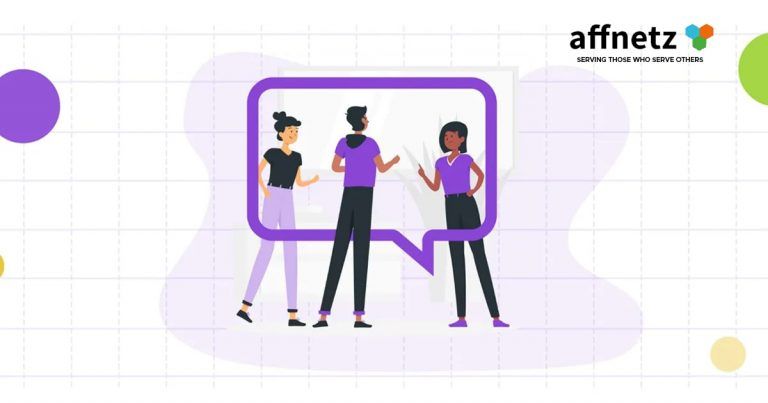QuickBooks for Nonprofit Integration with Other Software: Why It’s Important

QuickBooks for Nonprofit Integration with Other Software: Why It’s Important
QuickBooks for Nonprofit has become a popular cloud-based financial accounting software choice for many organizations. This brings up the question: what is the state of QuickBooks for Nonprofit Integration with Other Software?
Most Nonprofits use a variety of software programs that touch on finances in some way. For example:
Donor Management – Donations from traditional or Peer-to-Peer fundraising campaigns flow through this software.
Sponsors and Advertising – Funds from these Stakeholders support programs and events.
Events – Fundraising and educational events software programs handle the flow of funds from attendees and donors. It also tracks payments to vendors doing work for events like caterers and audio-visual technicians.
Sponsors and Advertising – Funds from these Stakeholders support programs and events.
How Does the Money Move?
With the above examples, QuickBooks for Nonprofit integration with other software seems to be important. Yet, the degree of integration depends on the capabilities of each software program used by the Nonprofit.
Total lack of integration means transactions in a software program must be manually duplicated in QuickBooks for Nonprofit. Although this highly inefficient process sometimes occurs today, it is more likely that some degree of integration exists with QuickBooks.
There are two general categories of integration.
The first (and worse) is exporting/importing files. An example would be data exported from a Peer-to-Peer fundraising program and then imported into QuickBooks. This has significant disadvantages.
Batch type processing – data loads into QuickBooks in chunks. Often this occurs in overnight processing, which delays financial reporting.
Error-prone – since there are multiple manual steps in this process, errors can creep in. Even if the export/import routine is automated, the code to do this usually is custom-built. This adds a maintenance and troubleshooting risk to an already overburdened Nonprofit IT staff.
The second type is built-in integration with QuickBooks. An internal interface for programmers allows direct interaction with QuickBooks. This way, software vendors can create a seamless integration with the Nonprofit’s financial accounting processes.
Nonprofits should require this second type of integration when considering any software purchase. These specific integration features should be present:
Sync unique, individual financial transaction records from the software to QuickBooks
Acceptance of records of payment processors like Stripe or PayPal
Mapping to specific QuickBooks accounts at a level of detail chosen by the Nonprofit
Ability to filter transactions by multiple attributes like payment date, payment method or accounting category.
So, QuickBooks for Nonprofit integration with other software should top of mind for Nonprofit decision-makers. Nonprofits that achieve tighter integration between QuickBooks for Nonprofit and their other software programs will be rewarded with greater efficiency and lower operating costs.
